Search Results for 'John Redmond'
19 results found.
The night Stephen Gwynn MP nearly lost his pants
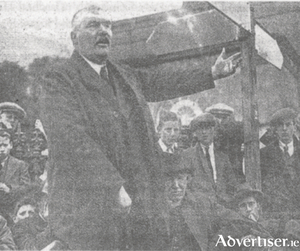
The outbreak of World War I brought to a head the divided camps among Irish nationalists, both of whom wanted Home Rule, or Independence, but both saw different ways to achieve it. Probably because of the large army presence in the town, and the natural benefits that the army brought to traders, as well as the family connections that had developed over the years between town and soldiers, the majority of people in Galway town favoured the British military approach.
Liam Ó Briain - Memories of the Easter Rising
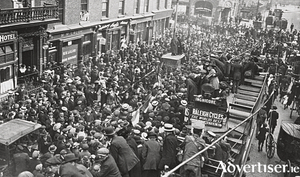
One of the real benefits of the the centenary commemorations of 1916, is the amount of research and new material that has been published on the background to the Rising, and in particular on the personalities of the men and women involved.
A day talked about in sadness and horror
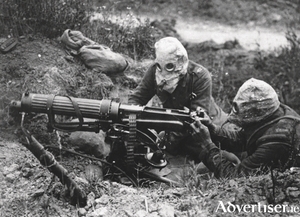
“ I feel that every step of my plan has been taken with the Divine help. The wire has never been so well cut; nor the artillery preparation so thorough….”
1916 - don’t believe everything they tell you
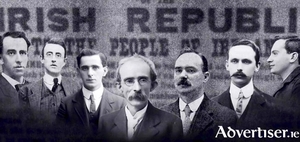
The 1916 Rising did not end on April 29 when Pádraig Pearse issued the order to surrender. Many are still fighting it, or, to be more accurate, fighting against it, and, as with any war, the first and most prolonged casualty is the truth.
The Galway Volunteers
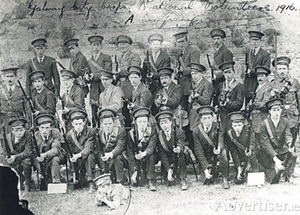
Just a few weeks after the Irish Volunteers were formed in Dublin, a meeting was set up in the Town Hall on December 12th, 1913 to establish a Volunteer force in Galway. There was a lot of excitement and expectation as Eoin McNeill, Roger Casement and Pádraic Pearse told the packed hall that their main objective was to win Home Rule but the movement was also formed to protect them from the Ulster Volunteers. The meeting, which was chaired by George Nicholls, was a major success and some 600 men joined up that evening.
Galway in the weeks leading up to the Rising
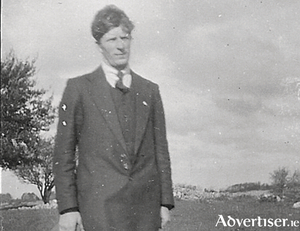
On Tuesday 25 April 1916, Galway became the only county outside of Leinster to take up arms against the British state during the Easter Rising. In fact, only three parts of provincial Ireland participated in the Rising: Enniscorthy in county Wexford; Ashbourne in north county Dublin; and county Galway, where several hundred rebels took over 600 square miles of the east of the county between Tuesday 25 April and Saturday 29 April. Commemorative documentaries and history books pay little attention to the Galway Rising with the focus tending to be on the more dramatic events that took place in Dublin, but Galway’s Rising was an important part of the story of the Easter Rising; and the story of the hundreds of brave Galway men who stood up to the British Empire in April 1916 deserves to be told in detail. In this series of five articles, FERGUS CAMPBELL will explain why Galway rose when so many other parts of provincial Ireland did not, and he will also tell the story of what happened in Galway during the Rising, and the impact that the Rising had on Galway society. This account is based on many documents, police reports, newspaper accounts and memoirs but most of the quotations are derived from the witness statements that Galway rebels made to the Bureau of Military History during the 1940s and 1950s, and these can be read online.
Public lecture on the struggle for Home Rule for Ireland
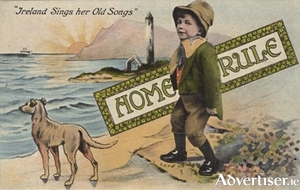
Home Rule was once the goal of Irish nationalism, but continual opposition from the House of Lords and the threat of violence from Ulster unionists dogged and delayed its achievement.
The Eglinton Canal
One hundred and sixty eight years ago this week, on March 8, work started on the cutting of what we know as the Eglinton Canal. There had been previous attempts to open a passage from the river to the sea. As far back as 1498, the then mayor had a plan to connect the Sandy River with Lough Athalia. It was Alexander Nimmo who first mooted the idea of a canal in 1822. If steamboats could travel from the docks to the Corrib, it would greatly enhance the commercial importance of the city and a valuable connection with the hinterland would be established. His original plan was that this connection would start at the top of Woodquay, where McSwiggan’s is today, go along Eglinton Street and down the west side of Eyre Square to the docks. The cost proved to be prohibitive and there were a lot of objections from people who owned land or a business along the route.
NUI Galway conference on Irish Parliamentary Party to commemorate the Decade of Centenaries
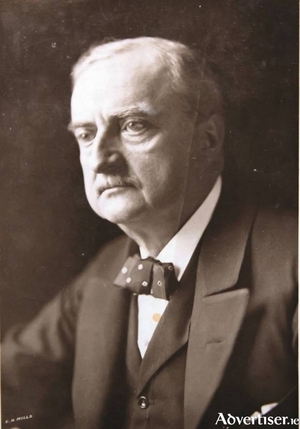
What was Home Rule? How did John Redmond’s Irish Parliamentary Party operate and how was it viewed throughout the country prior to 1916? How popular was Redmond’s decision to call on Irishmen to fight in World War I?

